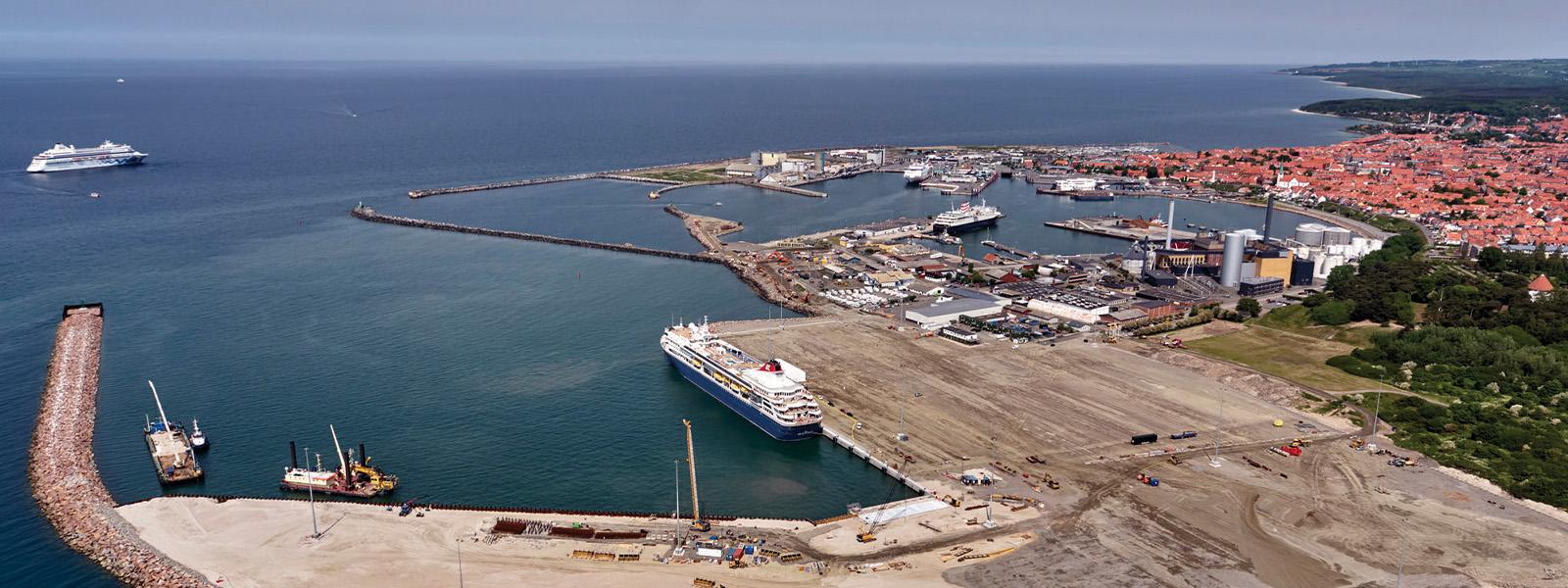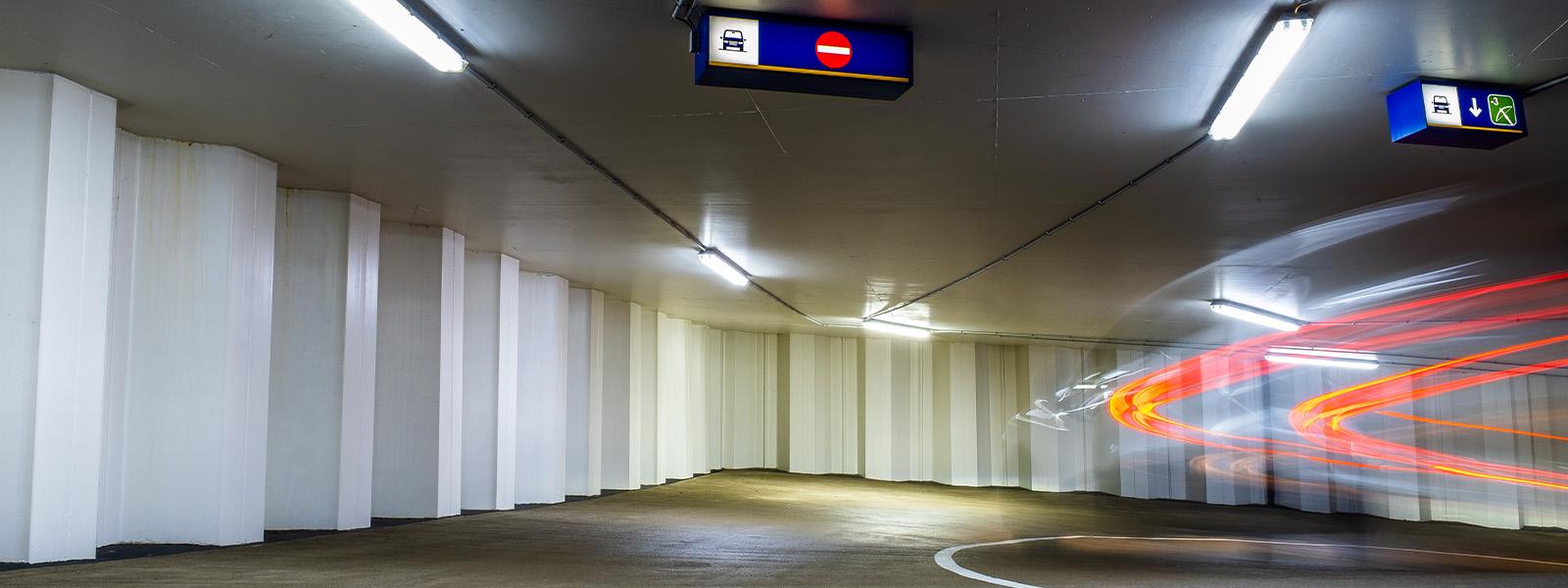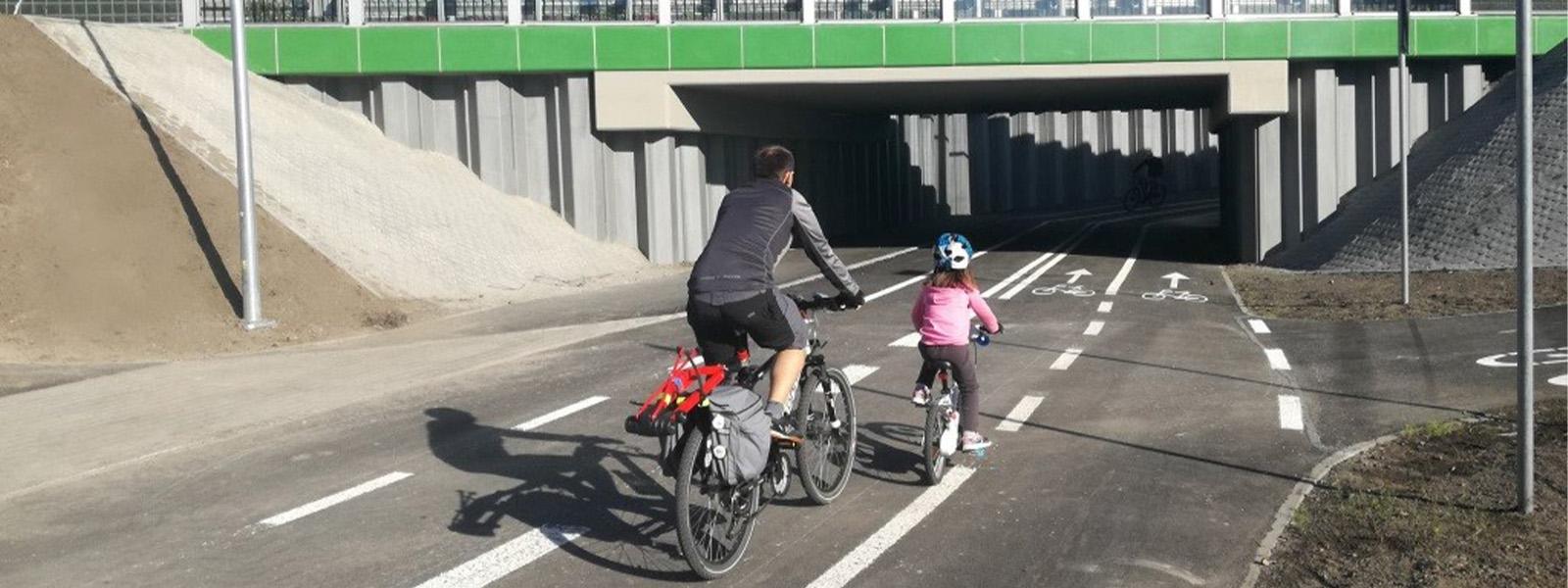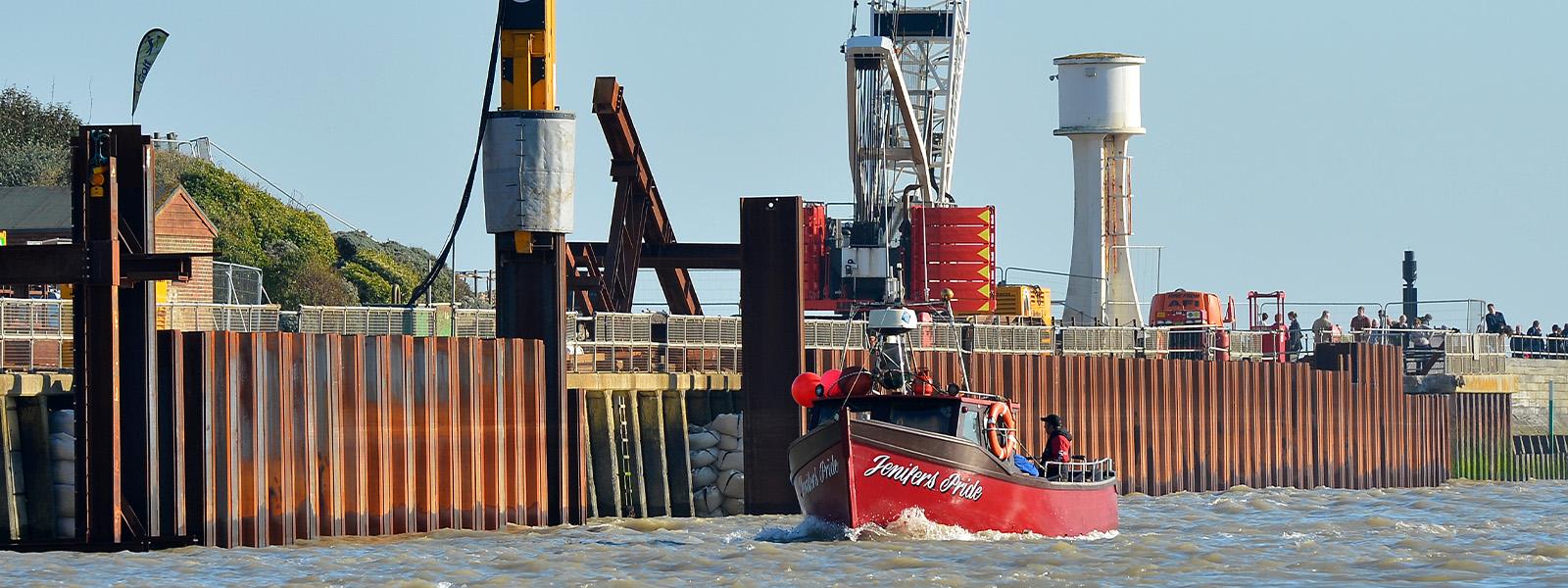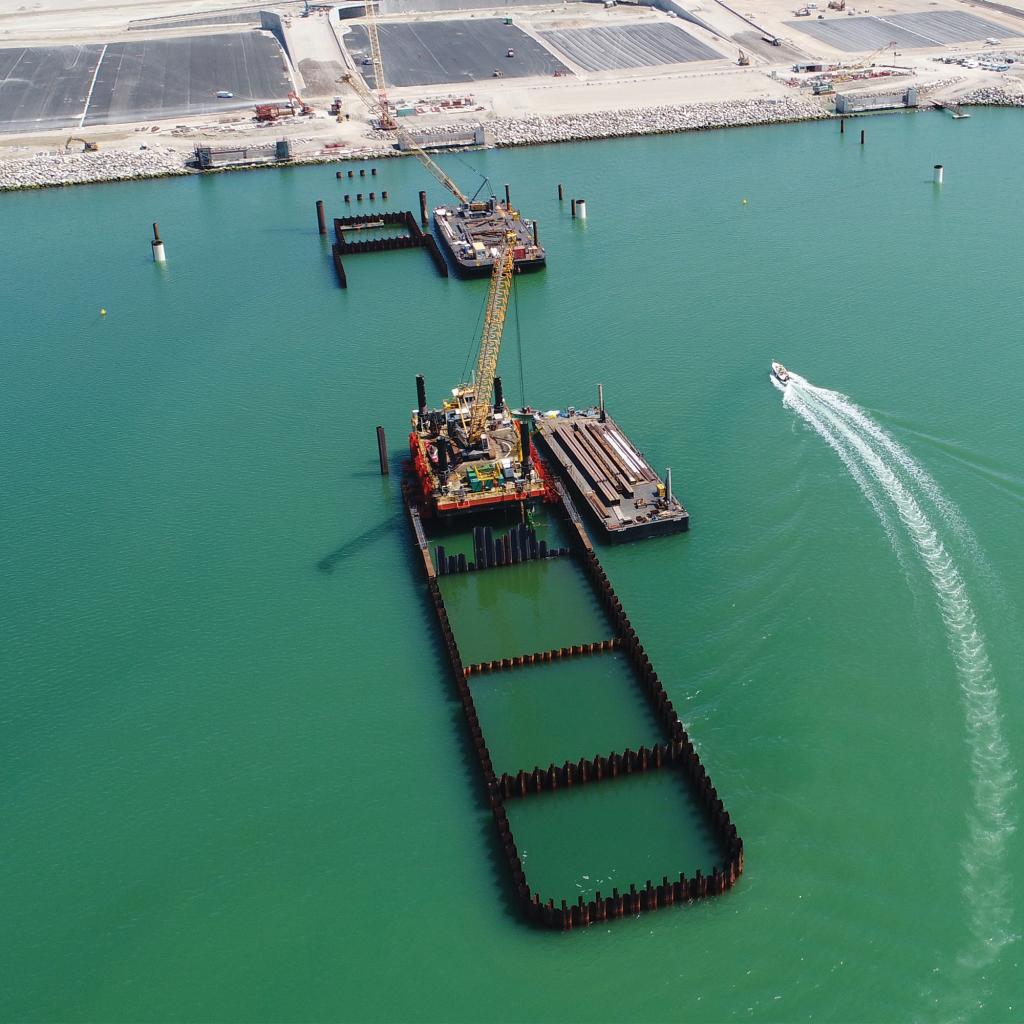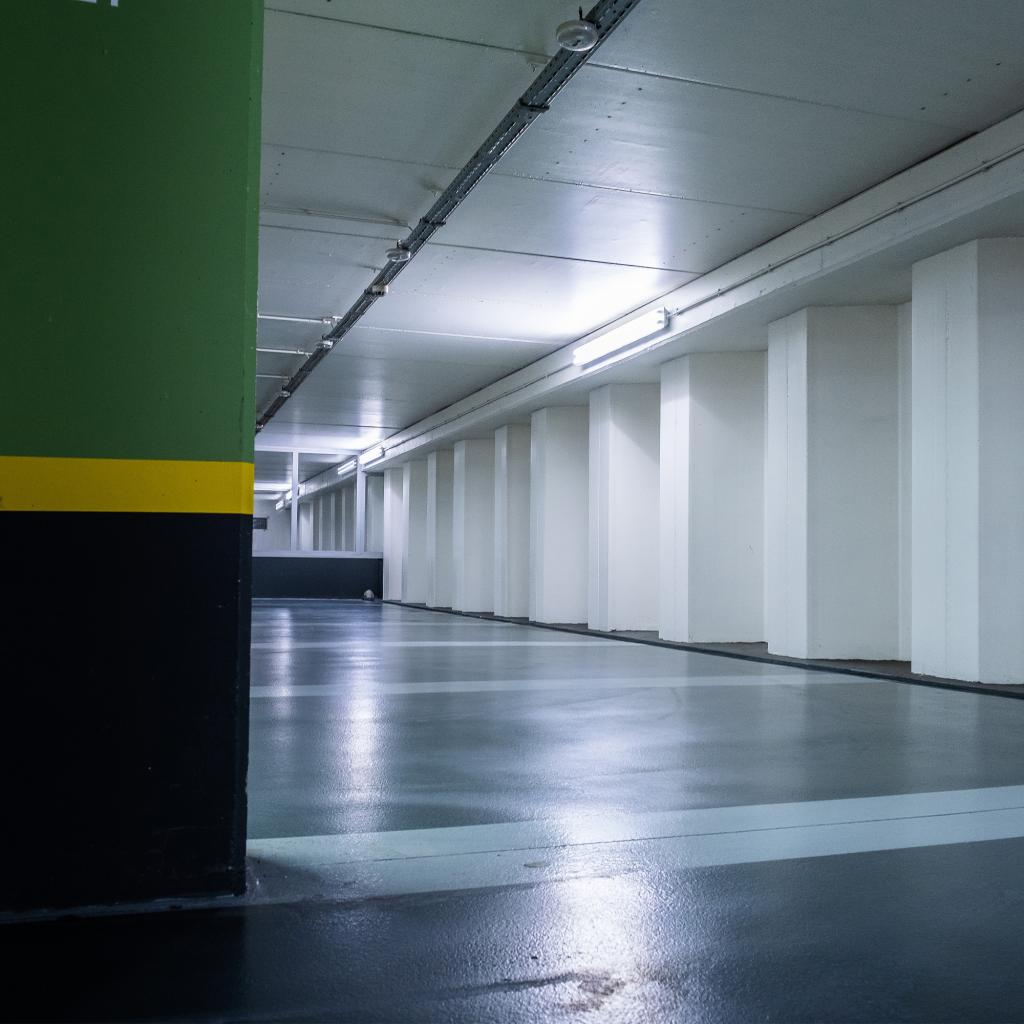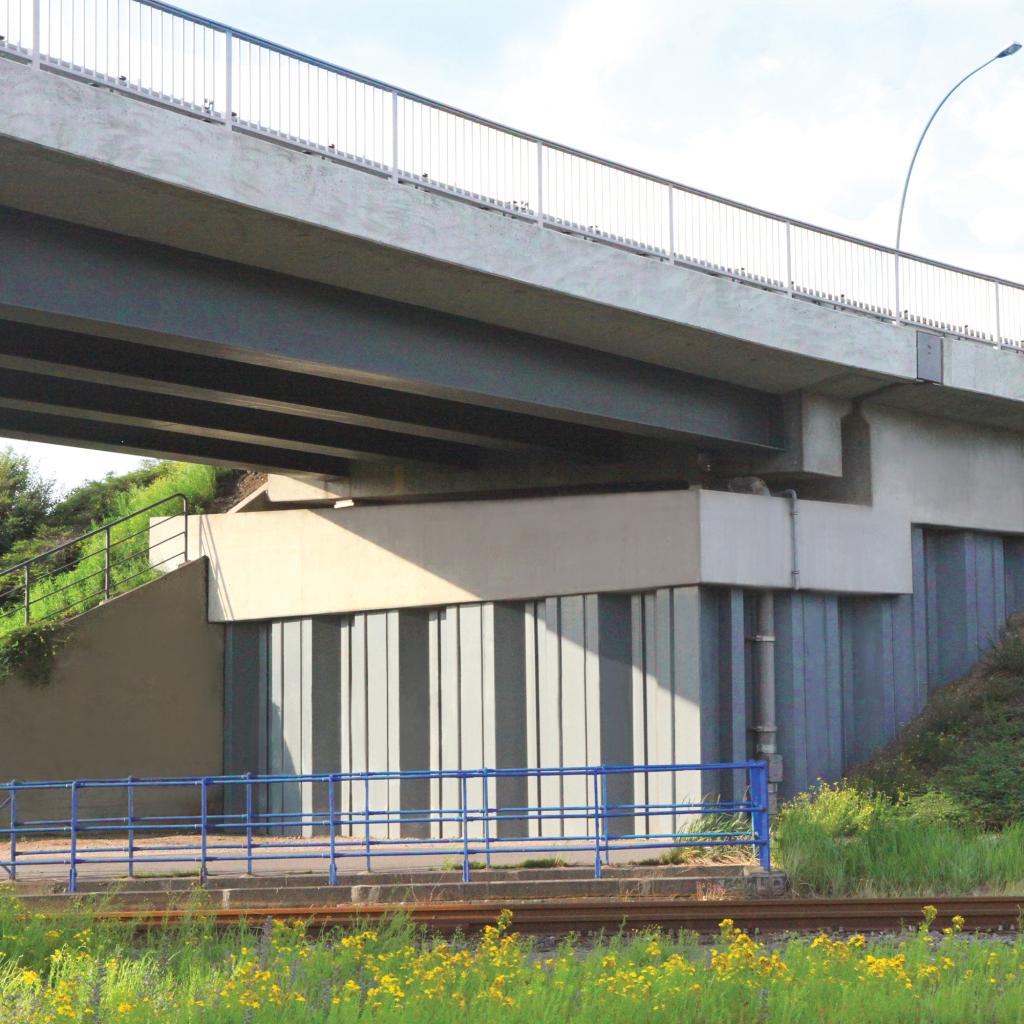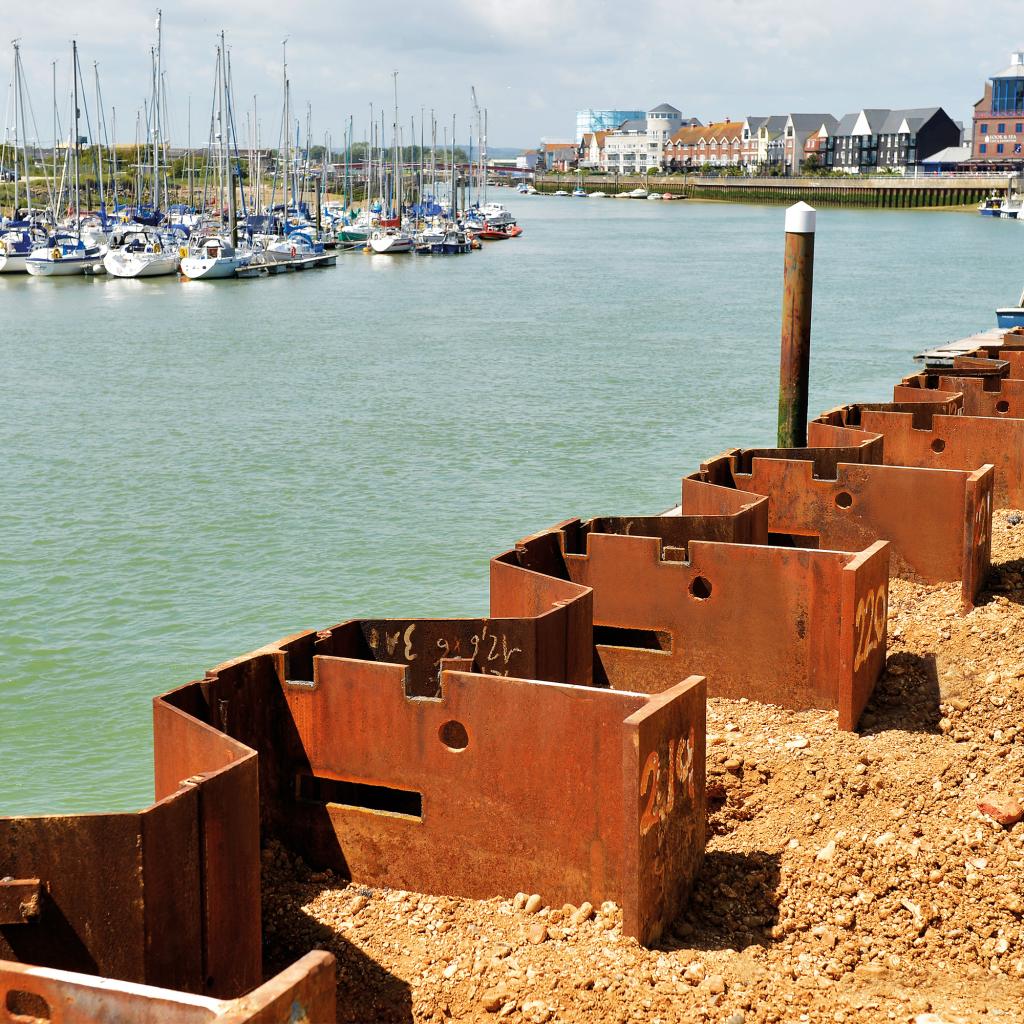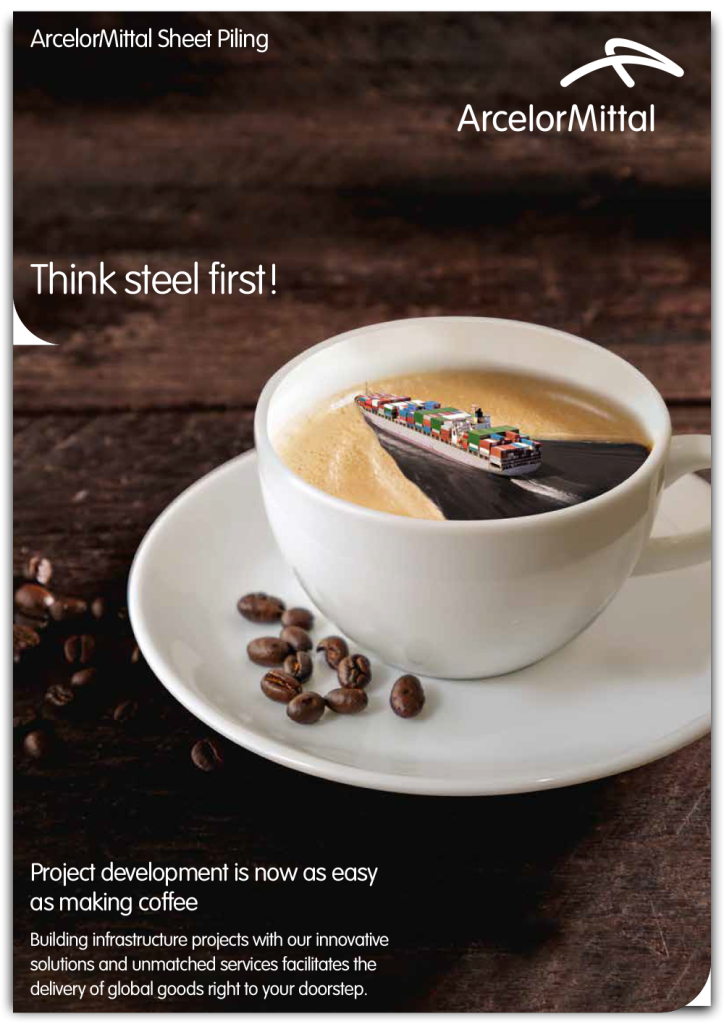Benefits of steel sheet piles
Think Steel First !
Building infrastructure projects with our innovative solutions and unmatched services facilitates the delivery of global goods right to your doorstep.
ArcelorMittal Steel Sheet Piling Solutions
Steel is essential to modern construction. Flexible, adaptable, strong, durable, reusable and entirely recyclable, steel is the material of choice for sustainable solutions in today's economy.
Choose ArcelorMittal steel sheet piling solutions and turn your ideas into reality. Our professional teams stand behind you to ensure the success of your projects, from start to finish. Our advanced and sustainable solutions take your projects further, with unmatched technical support, careful planning and certified quality.
Comparative Studies
Sustainable ports
Life Cycle Assessment
An LCA was performed in 2020 to compare the environmental impact of two technical solutions to build a quay wall for cruise ships in a Belgian port. The design of the retaining wall was done by Tractebel, a Belgian design engineering firm specialised in port construction. The LCA was done by ArcelorMittal's R&D department and peer-reviewed by three external experts. The LCA shows that the quay wall executed with steel sheet piles has a lower carbon footprint (expressed in CO2-eq. emissions) than an equivalent diaphragm wall in concrete. In the base scenario the difference is 44 %, but the difference depends on the variation of some parameters.
Compared to the concrete solution (diaphragm wall), the carbon footprint of the EcoSheetPile™ solution (steel sheet piles) is by far lower. In the base scenario the difference is 44 %.
Notes: The LCA is a snapshot of a specific space and time combination, based on EPDs available at the time of analysis, and applicable to a specific project. The LCA focuses on the Global Warming Potential (GWP) indicator, which highlights the emissions of greenhouse gas emissions of both solutions. Specific site or local conditions may have larger influence on the results in other situations.
Underground car parks
Retaining walls play a critical role in underground car park (UCP) construction, providing structural support and preventing soil movement. The most popular option for building a retaining wall of underground car parks in the Netherlands is a steel sheet pile wall, especially in very soft soils with a shallow groundwater table. Steel sheet piles offer cost-effectiveness and efficiency, and any time saved on wall construction has an immediate impact on the overall construction duration, investment, cash flow, and hindrance. Additionally, they are sustainable and quicker to install than alternative solutions, and require less space for storage and installation, resulting in reduced traffic congestion and disturbance to neighbors.
A case study analysing several technical alternatives for the erection of the retaining walls of an UCP was performed in 2021. The design of the retaining structures was done by the Dutch deign engineering firm Witteveen+Bos, whereas the LCA was done by ArcelorMittal's R&D department and peer-reviewed by a Dutch independent expert. The study shows that the sheet pile wall solution has a lower environmental impact compared to three alternatives (mixed-in-place wall, secant pile wall and diaphragm wall). In the base scenario, the difference of the Global Warming Potential (GWP, expressed as CO2-eq) is at least 88%.
It's crucial to consider soil conditions and groundwater levels when selecting a retaining wall for underground car parks to ensure a safe and effective construction project, especially in soft soils. The environmental impact of the construction should also be taken into account.
Bridge design
Cost-Effective and Sustainable Bridge Design with Steel Sheet Pile Abutments The study conducted by the Karlsruhe Institute of Technology (KIT) highlights the significant benefits of using steel sheet pile abutments over traditional reinforced concrete abutments in bridge construction. Key findings include:
- Cost efficiency: Steel sheet pile abutments reduce construction costs by 8% and life cycle costs by 5% over 100 years, making them a more cost-effective solution over the bridge's lifespan.
- Reduced construction time: Steel sheet pile abutments reduce construction time by at least 10%, minimizing disruptions to traffic and local communities, and thereby lowering the hidden costs of traffic congestion and delays.
- Environmental benefits: The environmental impact of steel sheet pile abutments is 36% lower than that of reinforced concrete abutments, resulting in a 12% reduction in overall emissions, contributing to sustainability.
- Economic and social advantages: The use of steel sheet piles can reduce the economic impact of external factors by up to 18.5%. Prefabrication reduces on-site space requirements and enables construction during brief road closures, minimizing social disruption.
- Sustainability and circular economy: Steel sheet pile abutments are easy to dismantle, recover, and recycle, supporting the circular economy and minimizing resource depletion.
Flood defence and bank protection
Sheet pile walls are a versatile solution for flood defense and bank protection, offering numerous advantages such as watertightness and stabilization for new and existing embankments. They can also form freestanding floodwalls in ports or urban areas while minimizing disturbance, saving space, and providing impenetrability. When selecting sheet pile sections, it is important to consider strength and installation criteria for either a watertight barrier or an earth-retaining function.
Steel sheet pile walls can also offer a natural appearance that meets aesthetic, economic, and ecological requirements. They can be painted, clad with timber, brick, or stone, or masked by plants to blend seamlessly into the urban or rural landscape. Suitable planting can also encourage ecosystem reestablishment, which can be beneficial in areas where human intervention has impacted natural ecosystems.
In summary, sheet pile walls are an effective and flexible solution for flood defense and bank protection, providing numerous benefits while accommodating various design and environmental criteria.
Downloads
